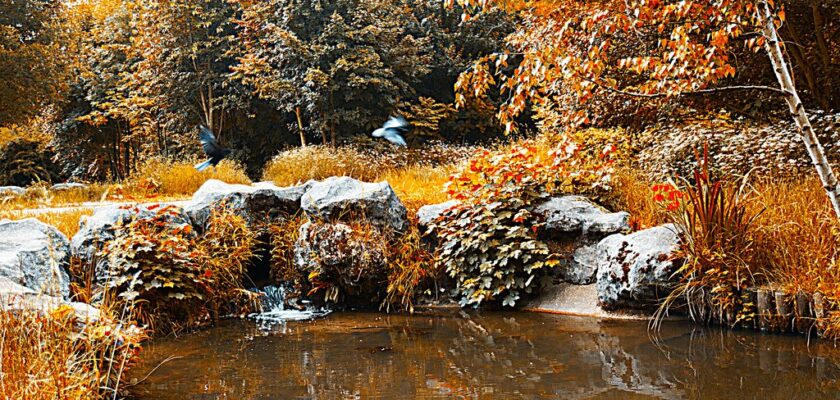Vincennes Forest (Bois de Vincennes)
The Forest of Vincennes is the jewel of Paris, which is equally popular with tourists and locals alike. The huge green massif, which covers an area of 995 hectares, is nestled on the eastern edge of the city and is ready to welcome visitors all year round.
.
The territory of the modern Vincennes Forest is a well-maintained park permeated with threads of tourist alleys and bicycle paths. The green lawns become sites for family picnics and active entertainment, and the tranquil lakes (four in number) invite for a romantic boat trip.
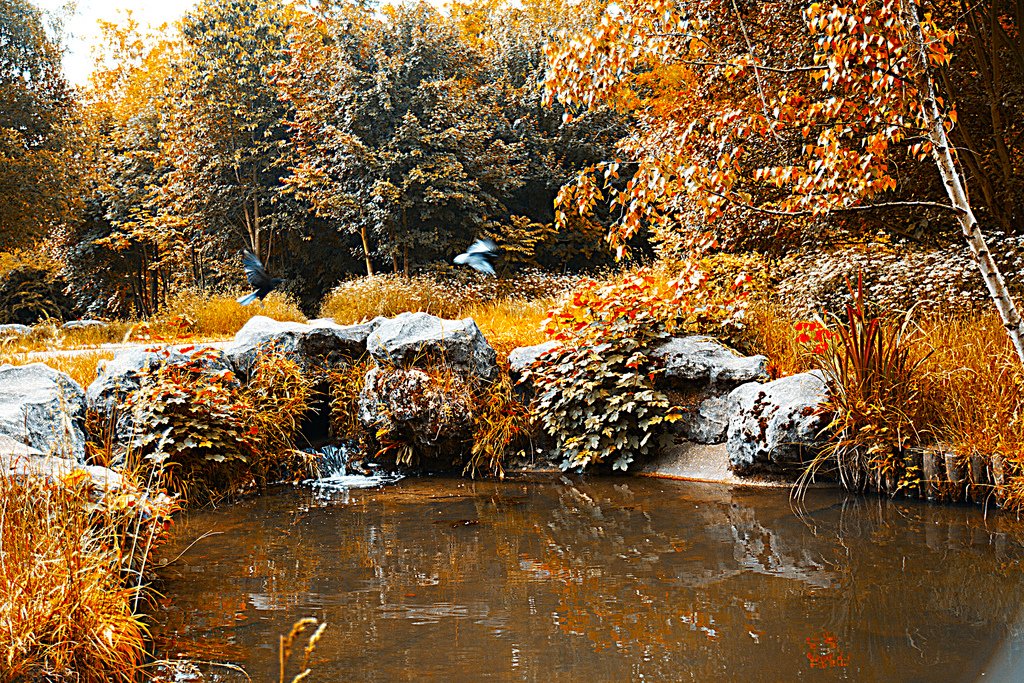
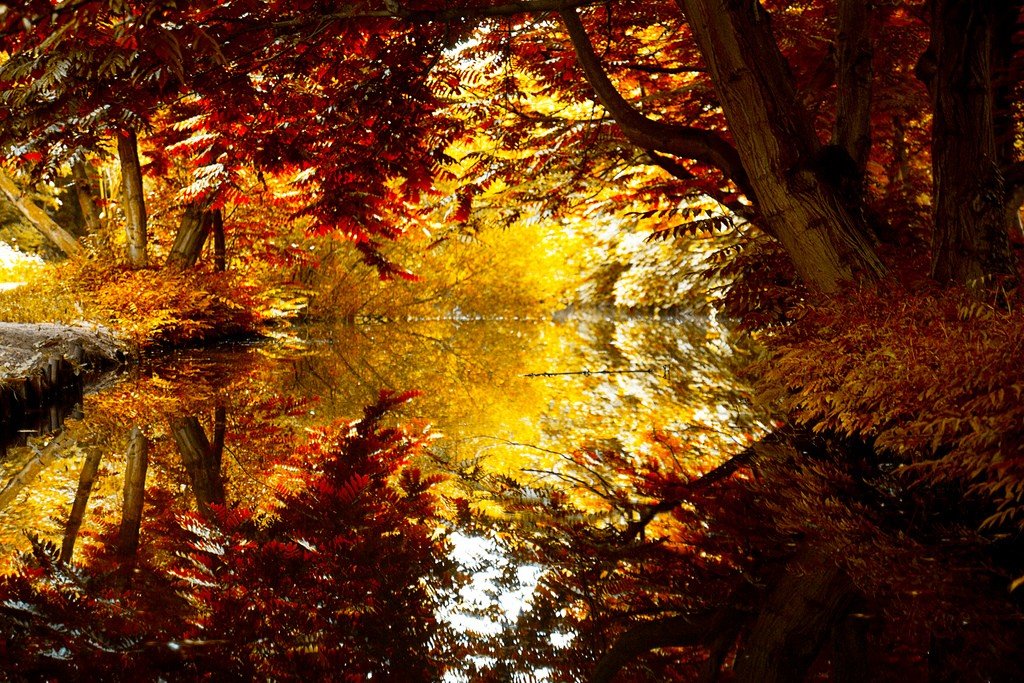
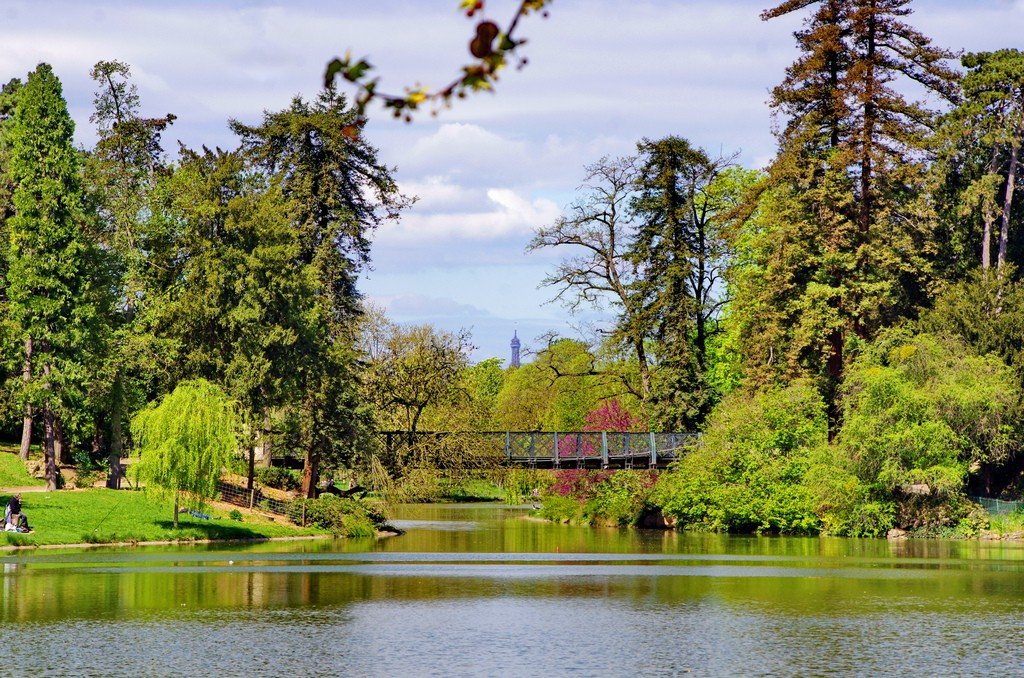
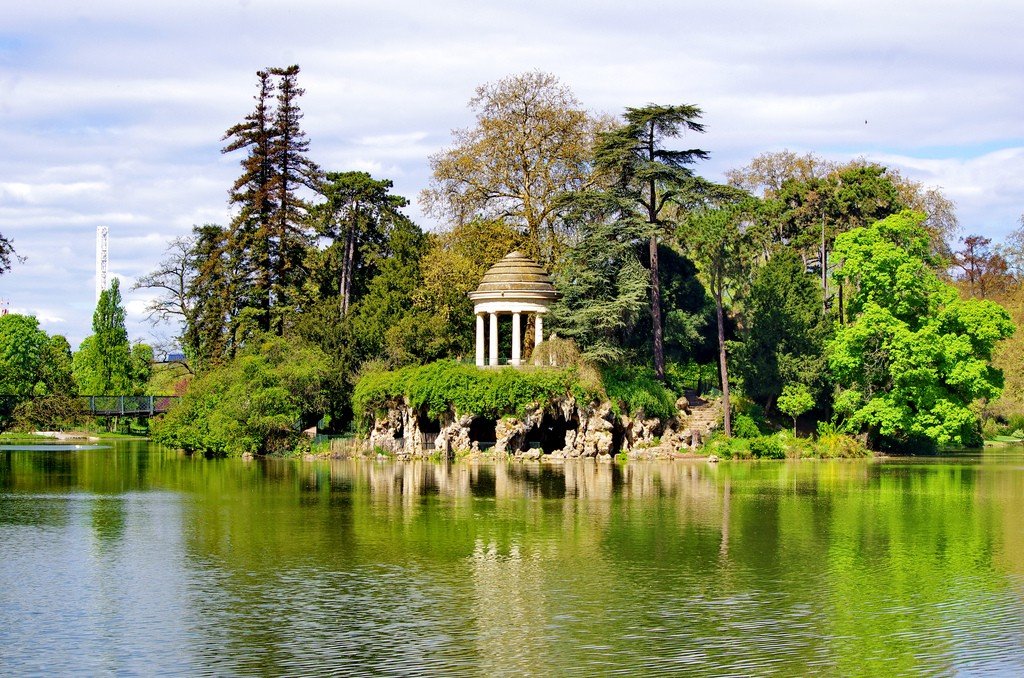
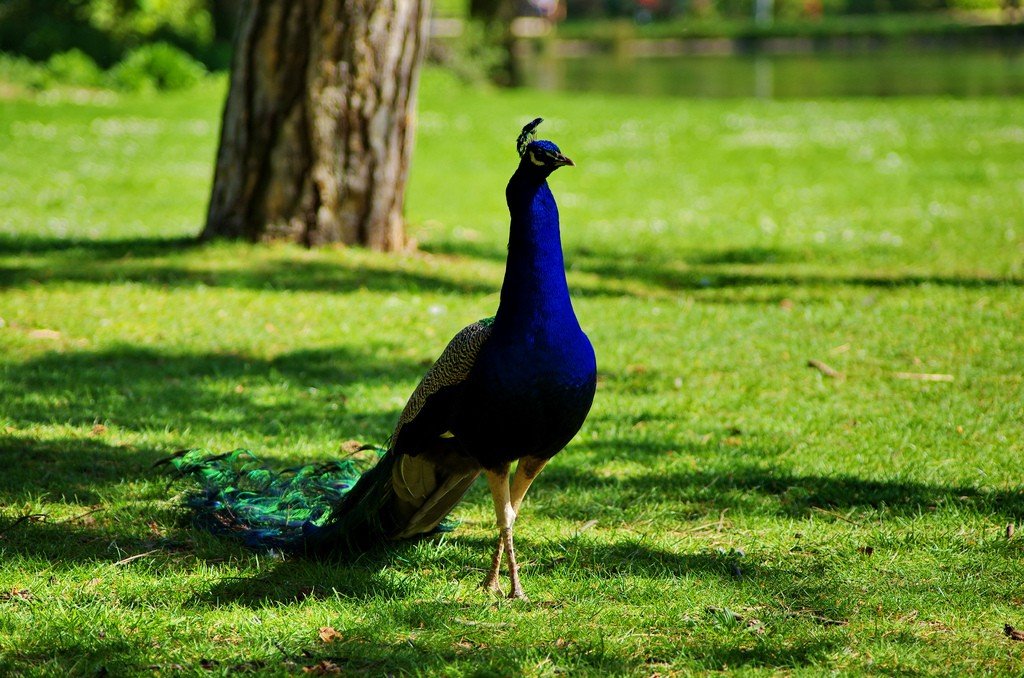
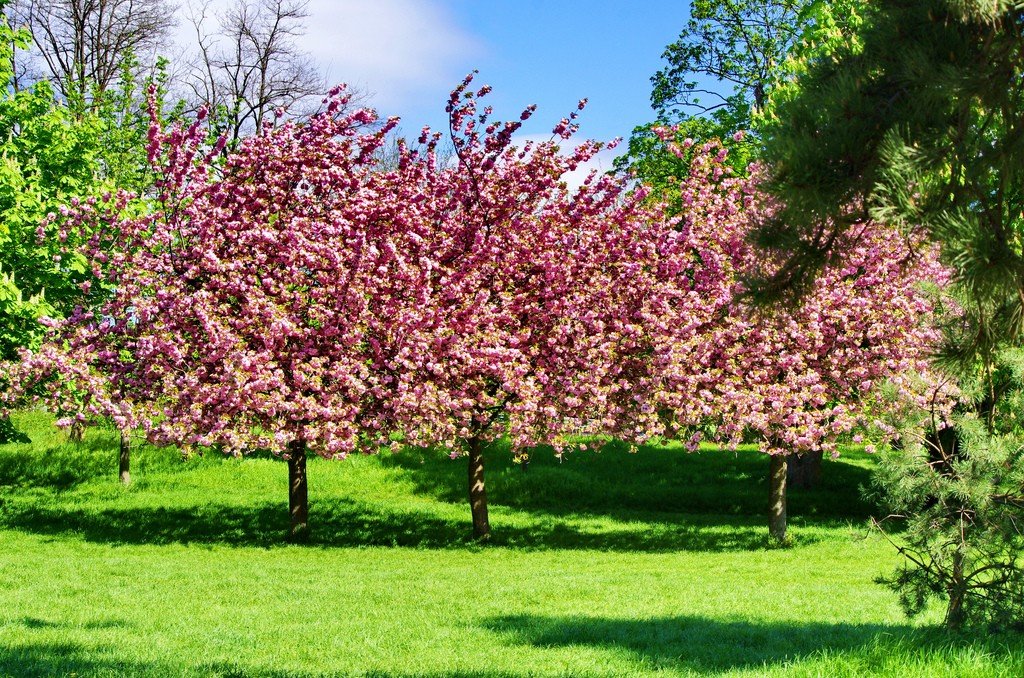
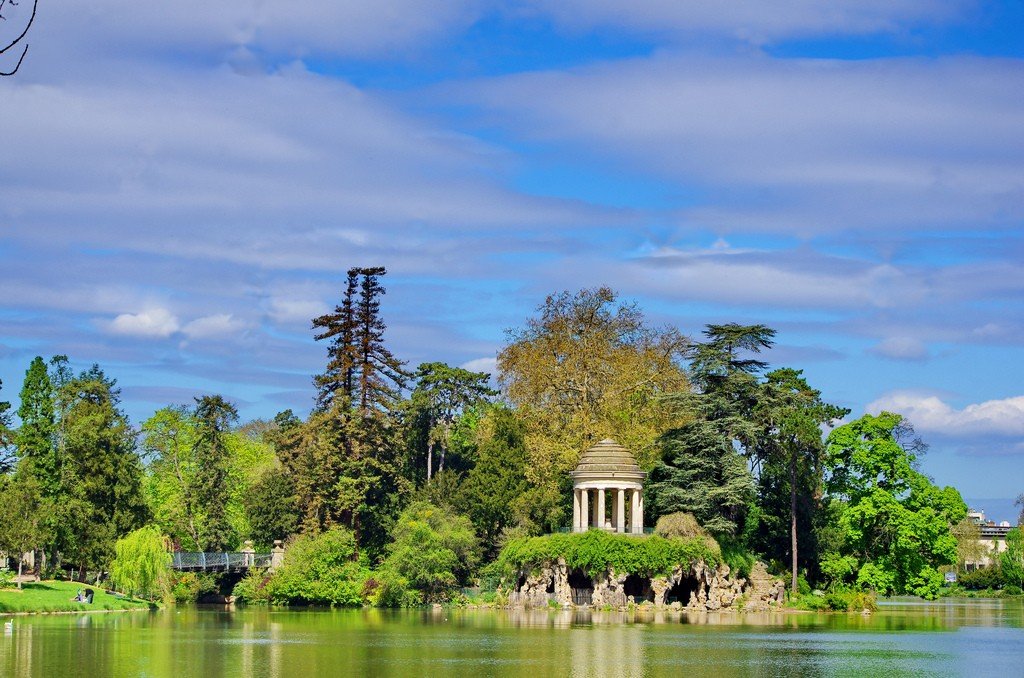
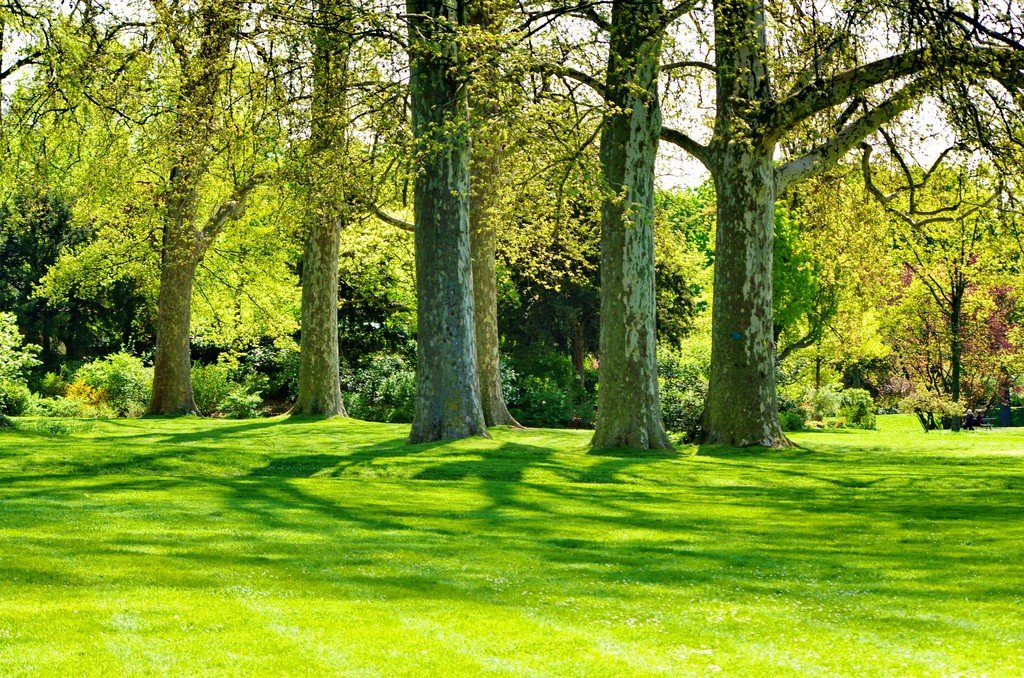
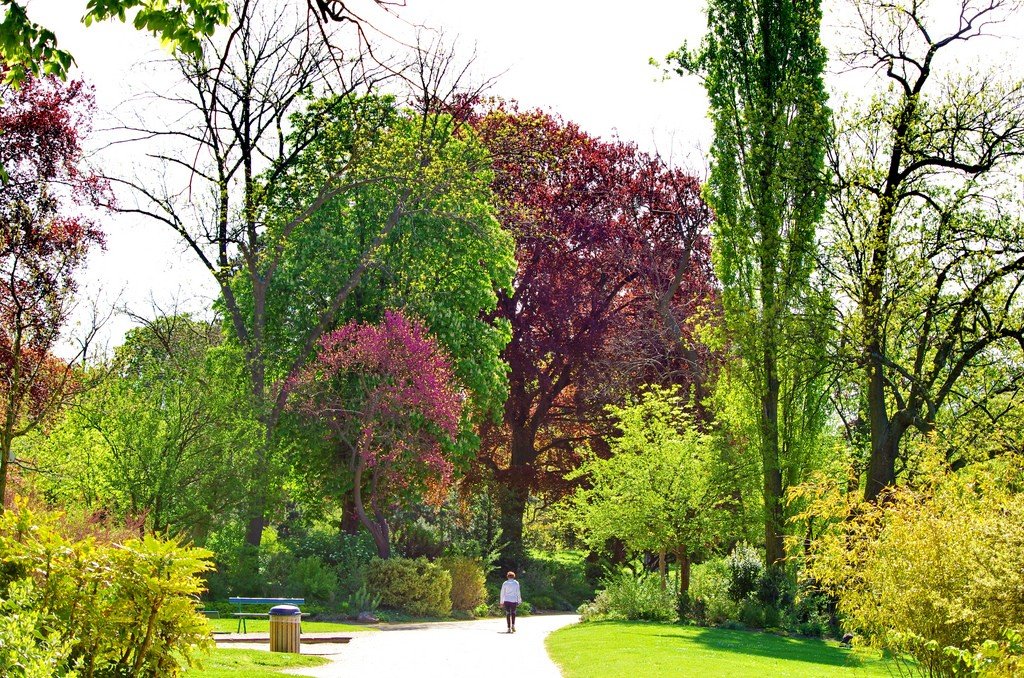
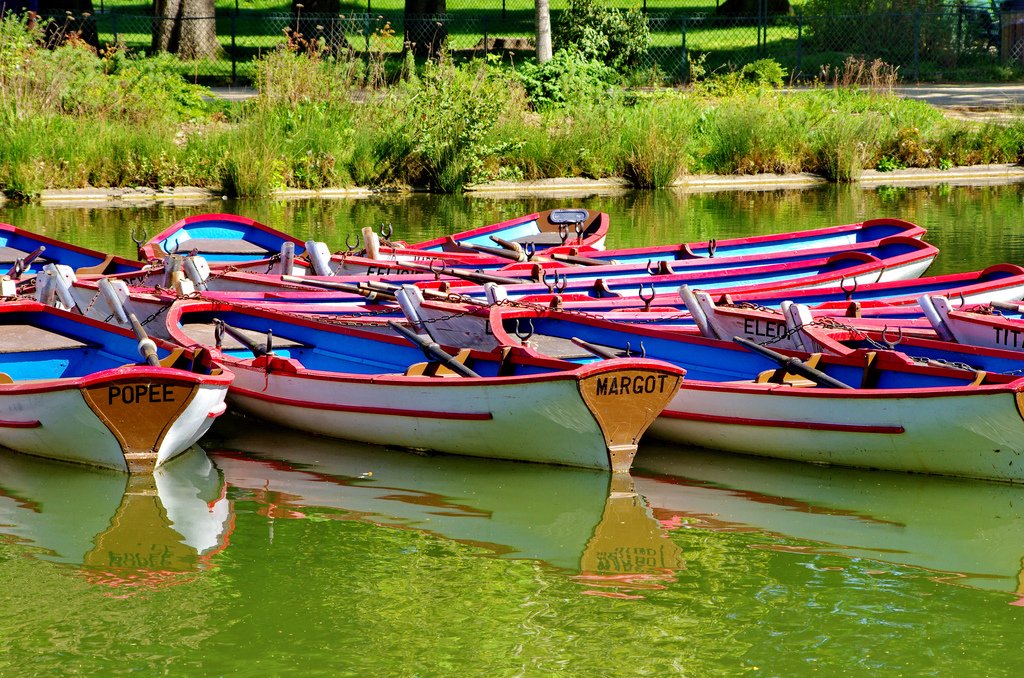
Video: Vincennes Forest
History
Today it is hard to imagine the forest of Vincennes as a dense thicket serving as a habitat for numerous wild animals. And yet it was so back in the 10th century AD. The founder of the French royal dynasty, Hugo Capet, considered the forest an ideal hunting ground and regularly visited it for that very purpose.
>
Louis XXII built a hunting lodge on its territory, and Philippe-Auguste built perimeter fences. In the XIV-XVII centuries on the site of the hunting lodge was erected Vensen Castle, and in the vicinity began to build noble estates. The area of the forest was ennobled, making it available for recreation and walks not only for the royal family, but also for ordinary city dwellers.
.
The Great French Revolution was cruel to the favorite park of the royal dynasty – it was turned into a training ground for military training. In place of the felled and uprooted trees were erected barracks, warehouses and arranged shooting ranges. The forest of Vincennes at that time was a very sad sight. The area remained in such a deplorable state until the middle of the XIX century, when Napoleon III paid attention to this ugliness and ordered to restore the park area, and at the same time ennobled it. The fruit of the joint efforts of the architect-gardener Barieu-Déchamp and the engineer Jean-Charles Alphan became a marvelous park in the English style. After reconstruction, the Forest of Vincennes was presented by the Emperor as a gift to the Parisians, and became one of the favorite places of public recreation.
.
What’s interesting
Most of the highways that pass through the Forest of Vincennes have been closed to vehicles for decades and are only accessible to pedestrians and cyclists. Horseback riding for adults and children, as well as activities at the racetrack will appeal to animal lovers. The magnificent zoo and the unique Paris Farm will be of interest not only to zoologists.
.On the south side of Lake Domenil is the fenced-in International Buddhist Center complex, including a Tibetan temple, a Vietnamese chapel, and a pagoda. As you move away from Avenue St. Maurice to the east, the park becomes more forest-like. Ball games (also called petanque) are often organized here; between Tourelle Road and Avenue Polygon you are sure to meet fans of the game.
.
In the western part of the green area is the zoo (covering 14.5 hectares), created in 1934 by architect Charles Letrosnay and replacing the former zoological park. The Vincennes Zoo contains about 600 species of mammals and more than 700 species of birds. The aviaries mimic the animals’ natural habitat..In the northern part of the park is the Château de Vincennes (visiting times daily 10.00-12.00 and 13.15-18.00), enclosed within high defensive walls and surrounded by a moat, which, however, now has no water. Originally a medieval royal residence, the Château de Vincennes became a state prison, porcelain factory, arms depot and military school..The chateau is constantly undergoing restoration, which was actually started back in the time of Napoleon III, who gave the park to the city. However, for tourists, the castle still offers regular tours at regular intervals on two different routes (daily, 10.00-12.00 and 13.15-17.00; duration: 1 hour 15 minutes, €6.10; 40 minutes, €4.60).
.The 14th-century barn is closed for restoration, but both tours end at another attraction, the Royal Chapel (Chapelle Royale), completed in the mid-16th century. The chapel is a beautiful example of flaming Gothic, decorated with magnificent Renaissance stained glass windows.
.
A little south of the Château de Vincennes is the Parc des Flowers, one of the most beautiful botanical gardens (camellias, irises, ferns, water lilies, medicinal herbs, Mediterranean flora) in Paris, created in 1969 by the architect Colin (daily, summer 9.30-20.00; winter 9.30 to dusk; €1.50; metro Château-de-Vincennes, then bus no. 112 or on foot).
.This is one of the best parks in Paris – flowers are always blooming in the Jardin des Four Seasons (Jardin des Câtres-Seasons). Here you can picnic among the pine trees and then stroll between the thickets of camellias, rhododendrons, cacti, ferns, irises and bonsai trees..
From April through September, many of the pavilions in the Parc floral de Paris host art and horticultural exhibitions and free jazz and classical music concerts. There are also a variety of activities for children, including mini-golf on an area with models of Parisian landmarks.
.
In the center of the park is the Magnolia Diner, which offers an al fresco set menu with a decent two-course meal for 15 euros.
.To the east of the Parc des Flowers is the Vincennes Armory, an old factory where munitions were once made, and now home to four theaters, including the rather radical Théâtre du Soleil.
.In the Vence Forest, you can rent a boat on 2 of the 4 lakes. The attraction is a huge success among Parisians. After all, the Forest of Vincennes is one of the most beautiful parks in Paris, and it is a pleasure to see it from the water.
.
The rental is available on lakes Minimes (des Minimes) and Daumesnil (Daumesnil).
.Rental cost: 11.5 euros for a 2-seater boat and 12.5 euros for a 4-seater per hour. You leave a deposit of 10 euros, which will be returned to you when you return to the station. The rental on Lake des Minimes is open from 11am on Sundays and from 1:30pm on other days, closing depending on the season.
.Outside the Vincennes Forest, across the street from the entrance to the Porte-Dorée metro station, is the Museum of African and Oceanian Art, whose exhibitions are constantly being updated. The fact is that in early 2003, the museum’s rich collection of masks, jewelry, headdresses and other artefacts was moved to the new Musée Branly, so the museum now has only temporary exhibitions.
.
There are rumors that a new Museum of Decorative Arts is going to be built on this site, but this needs to be confirmed. Nevertheless, you can visit the museum to see its beautiful Art Deco building, built in 1931 for the Colonial Exhibition (visiting hours daily except Tuesday 10.00-17.30; €5.50; metro Porte-Dorée), as well as the much-loved aquarium, which houses a huge collection of tropical fish, and the terrarium, which houses crocodiles and turtles.
>How to get there
To get to the Vincennes Forest, take one of the three metro stations Porte-Dorée, Porte-de-Charenton or Château-de-Vincennes; you can also take buses No. 46 and No. 86.
.